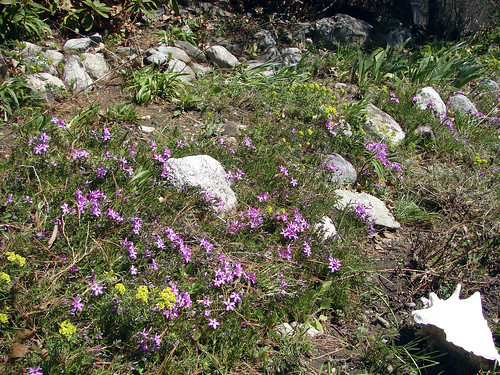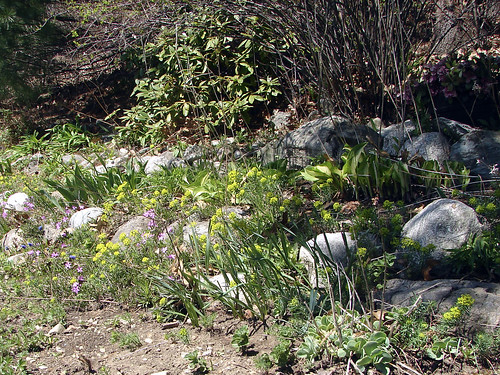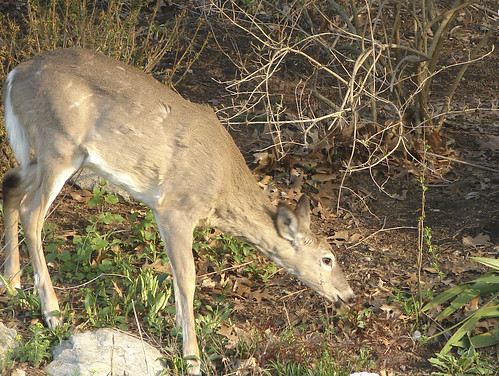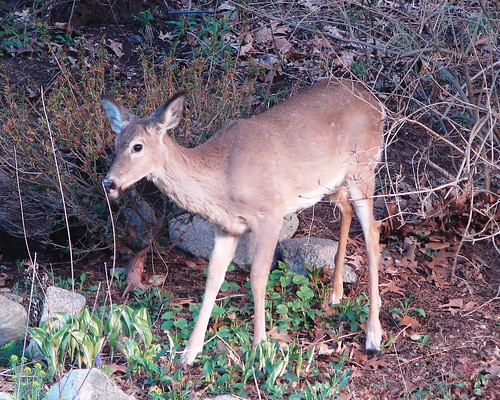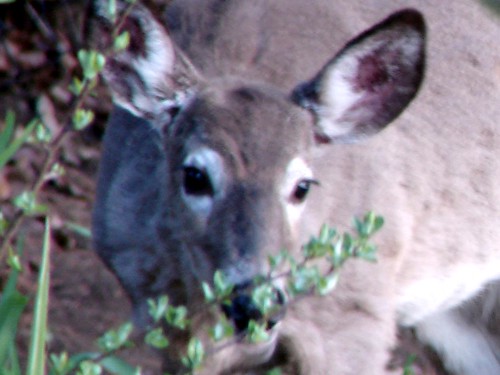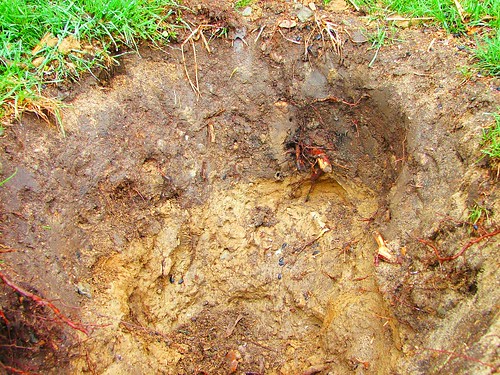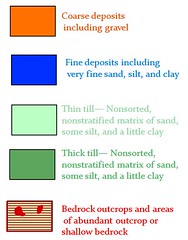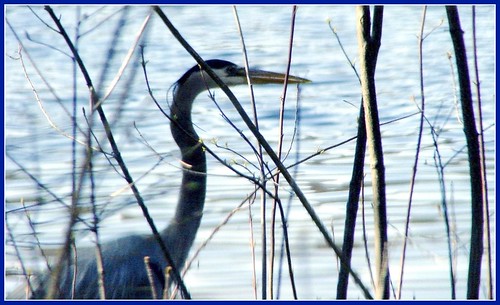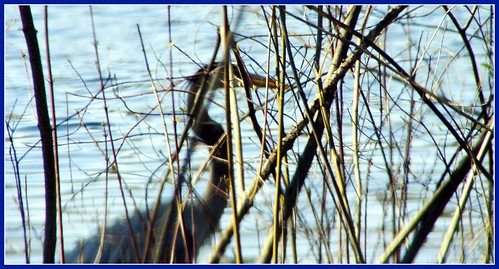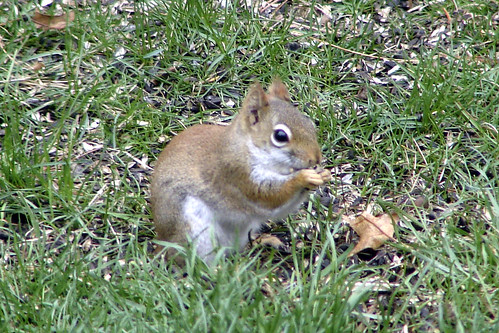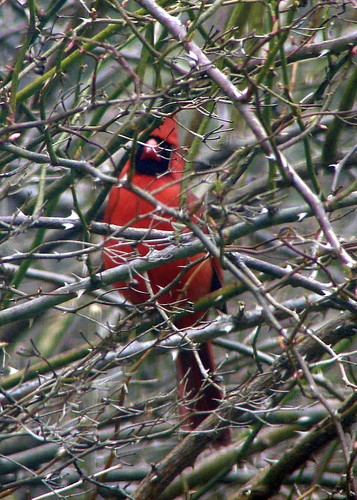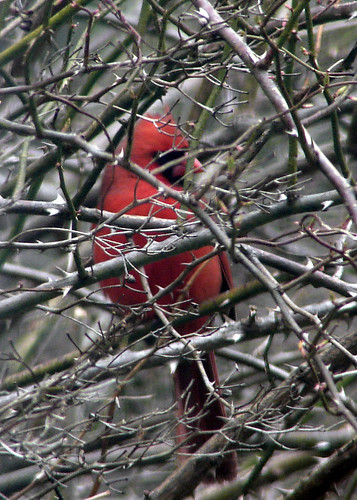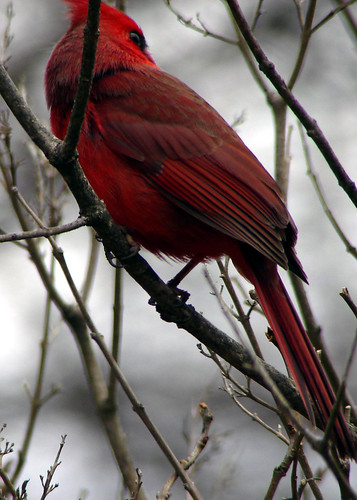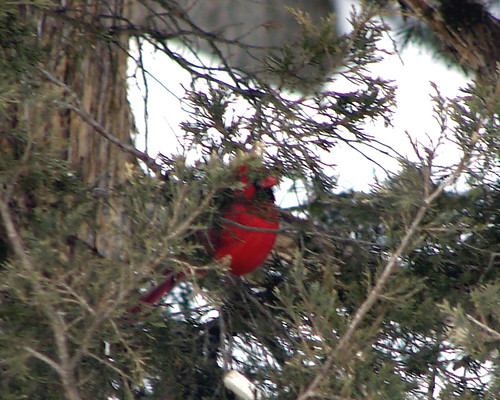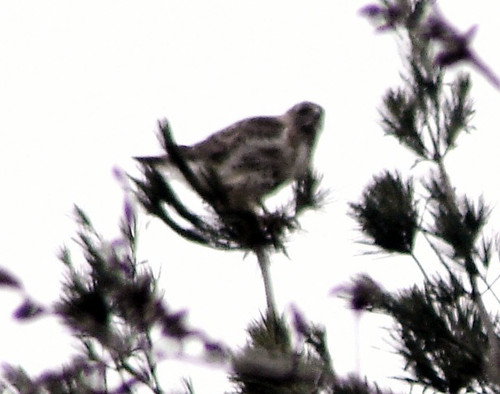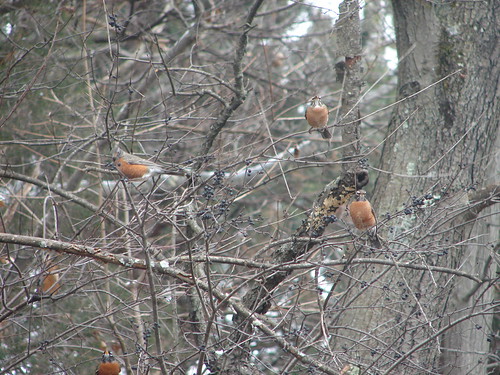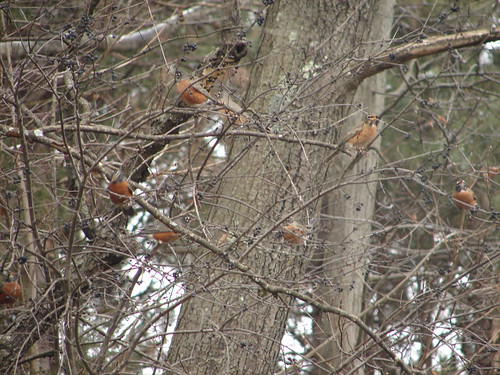I visited Callahan State Park today. It's not the first time I've been here, but it is the first time I took the trail on the left of the Millwood parking lot.
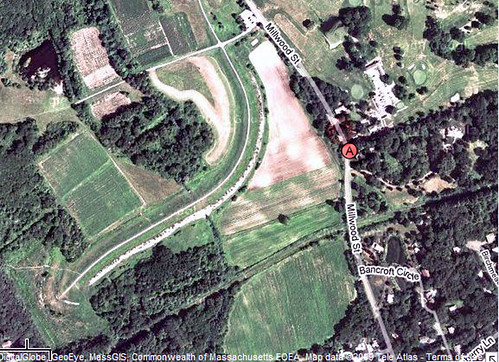
I have to say it is an odd looking landscape from that direction! I will have to do some research to figure out why there is a raised path with gravel on one side and water on the other.

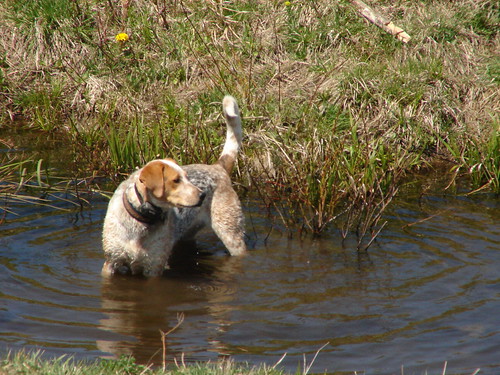
I thought it was an aqueduct, but it's not.
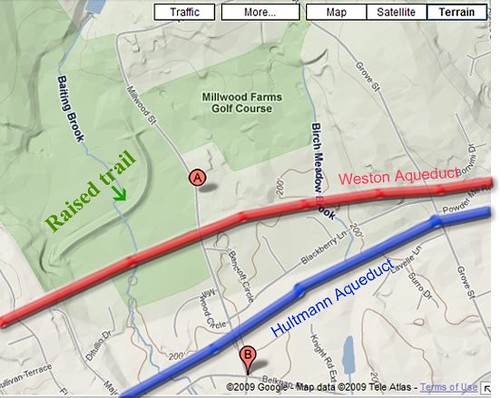
Then I thought it must be an
esker (another glacial landform), but it's not. According to the trail map, it's an "earthen dam".

The problem is, it doesn't
dam anything. The brooks run under it.
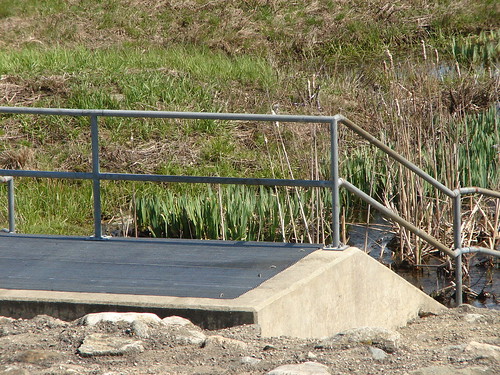
It is very wet on both sides. (Don't sit on the grass or you'll regret it.) And for some reason there is a half fenced-in rocky outcrop at the end that is leaking water through the stones.
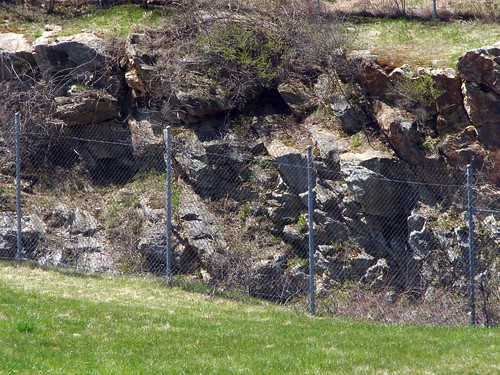
But the park is still a lovely place, espescially in the Spring. The birches were pretty, as always.
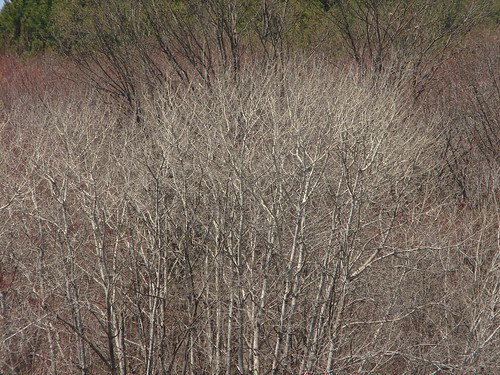
I saw a mallard that hid from me when it heard the camera; obviously adept at avoiding the paparazzi!
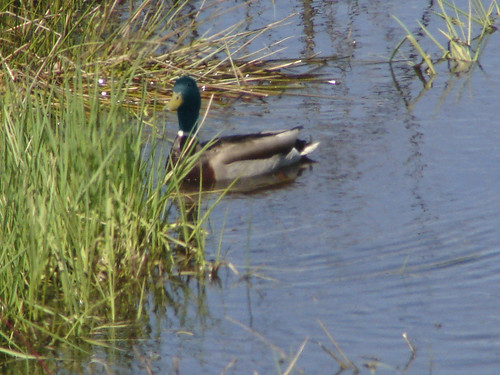
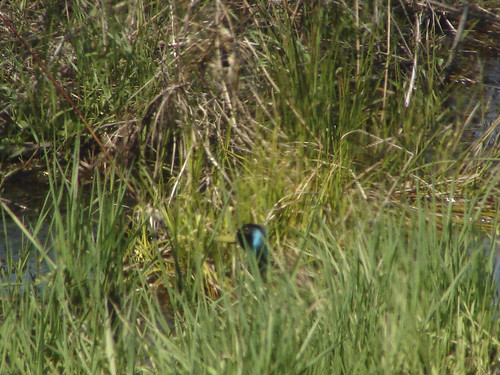
I saw a Turkey Vulture that swooped across the path not 30 feet away from me, and a Red Tailed Hawk was circling most of the day, at times being harassed by crows. Of course, I didn't get pictures of those birds. I still am miles away from capturing flying birds with my new lens, but I did get a picture of what might be a female Kestrel:
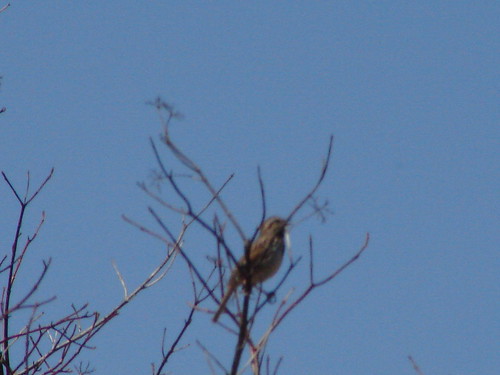
Better yet, I got lots of shots of the male Kestrel. Kestrels are the most beautiful and elusive raptors you will ever see! These pictures don't begin to do him justice.
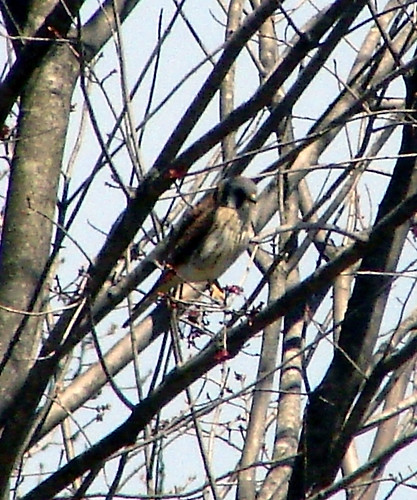
In real life he is small and beautifully colored, with a gorgeous blue head, striped face. dark wings, and a brown speckled underbody.
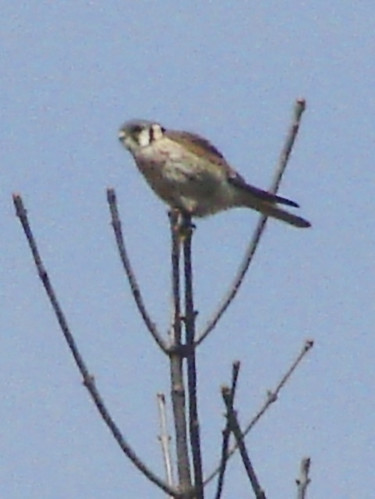
Just seeing him was a thrill, but seeing what he
did after leaving the tree was mind blowing! He flew into the air, then stopped and hovered like a helicopter suspended in mid air for two minutes or more!! He was looking down at the ground, but his wings were the only things moving. He was motionless, otherwise. This isn't my photo, but he looked like this:
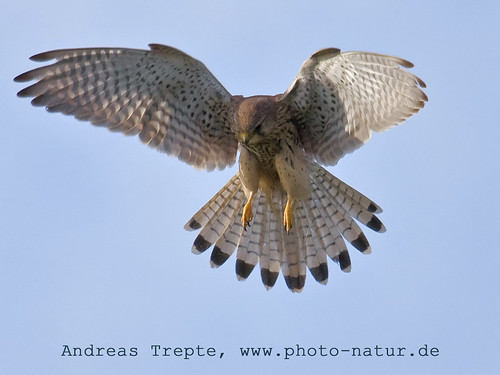
He stayed in the air like that for so long I thought I was losing it. I didn't know what the heck he was doing. I finally decided he must be catching bugs, because there were lots of bugs flying around there. I only found out later that that is how Kestrels stalk their prey; from above. He probably was eyeing a field mouse or a mole or something, but he never actually dove after anything, so I guess his dinner managed to escape this time. But what an incredible sight!
I've always loved Kestrels. I love their small size and beautiful colors, and they have the most awesomely handsome faces and are perfectly shaped, too. But after today, Kestrels have moved way up on my list of favorites!
Once you've seen a Kestrel hoverng in space like a helicopter, you'll fall for them, too! I guarantee it!

